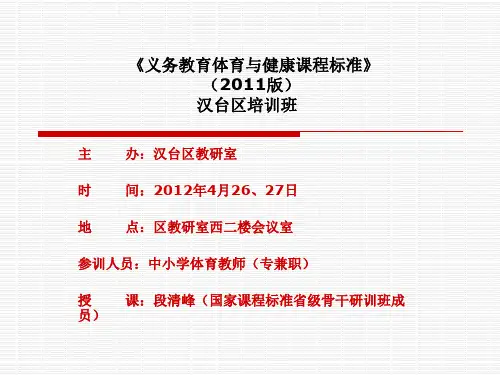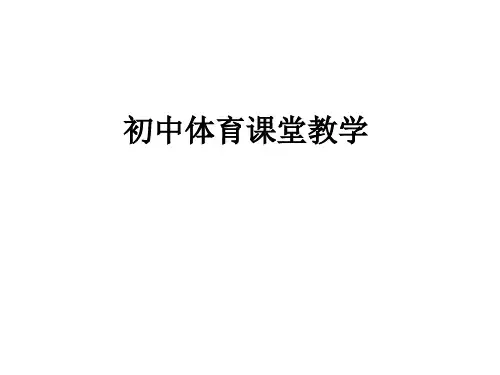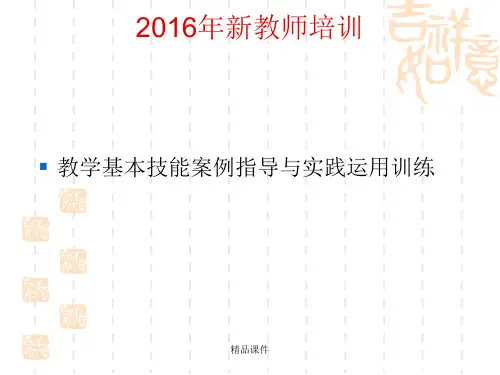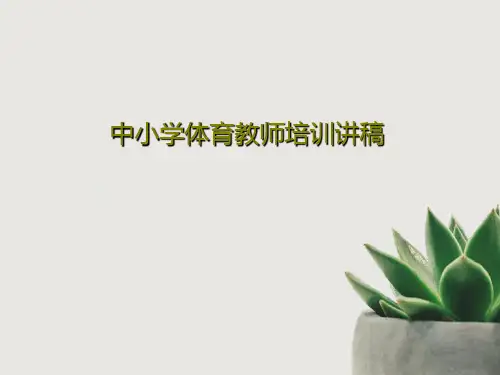着浓厚的兴趣把注意力集中到学习任务中; (激趣原则) ▪ 2、导入显然是为新的教学内容的完成而创 设的,这就要求导入要体现新旧知识的关 联:生活—文化—新知识 (关联原则)
精品课件
▪ 3、教师在导入情境中巧设带有启发性的悬 疑问题,制造认知冲突,以唤起学生的好 奇心与求知欲;(设疑原则)
▪ 4、导入是教学的开端,并不是教学的主题 与重点,因此导入必须简洁,最好在3—5 分钟:语言简洁,容易让学生理解—内容 简洁,易于学生理解
are shaking hands ( then ask the students repeat) ▪ Ss: shaking hands/ shaking hand… ▪ ( Introduce the new words bow/ kiss in the same way) ▪ T: Look at their clothes, which countries are they from? ▪ Ss: They are from China/ Japan/ … ▪ T would show the list of these possible countries to the students. Then ask them to
▪ 3、用一册教材、一章节或单元的教学目标 来代替一节课的教学目标,过程与方法被 忽略;
精品课件
▪ 4、教学目标的指向是教师,对教师要做的 事情进行陈述,而没有把学生作为主体, 陈述期望学生发生什么变化;
▪ 5、列举要达到的各种目标,但没有具体说 明希望学生如何达到这些目标;
▪ 6、教学目标过于笼统、空泛、无法观察、 测量和评价。
hands, bow, kiss and so on ▪ (2) To use the target language freely. ▪ 2、语言能力目标 ▪ (1) To train Ss’ abilities of listening, speaking, reading and writing. ▪ (2) To encourage Ss know about the culture of different countries ▪ (3) To encourage Ss to work in groups and help each other. ▪ 3、情感态度目标 ▪ (1)To work together and help each other. ▪ (2)To know about the different cultures of different countries. ▪ 4、学习策略目标 ▪ (1)To encourage Ss to work in pairs and work in groups. ▪ (2)To discuss in groups and help each other. ▪ 5、文化意识目标 ▪ Different country may have different cultures .encourage Ss to study hard and










